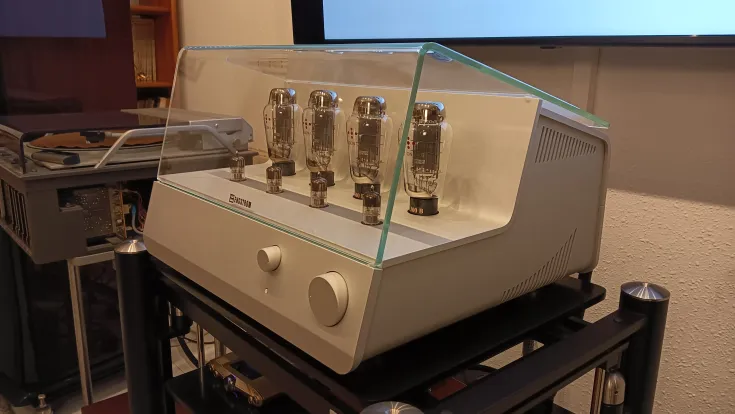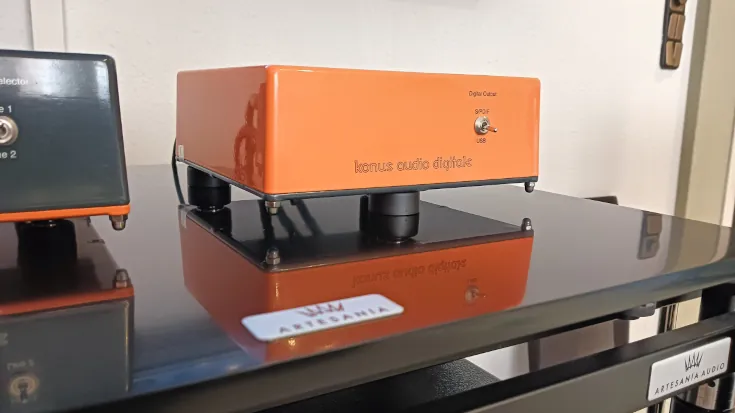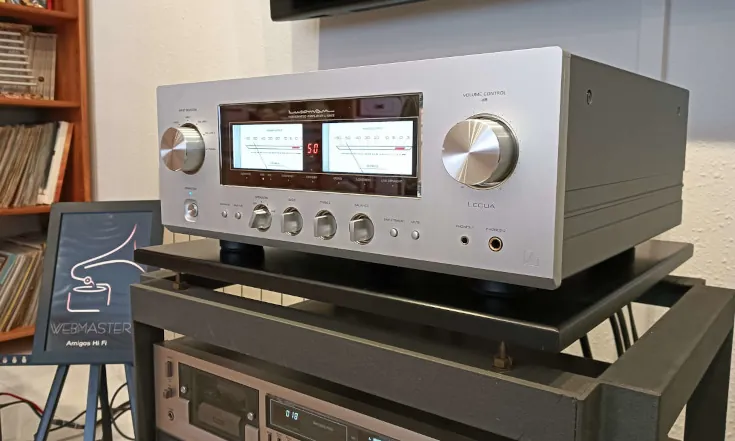
Francisco Moya - CEO Verus Canor
One of Roon's best features is that you can choose one or two tracks in a row and let the autopilot play similar recommendations. And if you have Roon connected to Qobuz, as I do, the range is endless. Sunday afternoon, the street falls silent, the ambient noise drops to an almost inaudible level. I buy a ticket to the southern United States. I don't analyze anything, I let myself be distracted by the music and my chess moves. Every now and then I look up from the screen, something important is happening. The white queen is pressing the black king while the white knight partially attacks his exit. And my heart is vibrating with the guitar playing in the background of the bar, while cowboys drink their low-alcohol beers and voices, always hoarse and affected by alcohol, talk about their daily sorrows and difficulties. The bar is bright and vibrant, and I am in my living room, in complete darkness. This is magic.
This is just one day of my personal experience, although you may have had others with the same intensity and satisfaction. Music is a hair standing on end, not two hertz more or less.
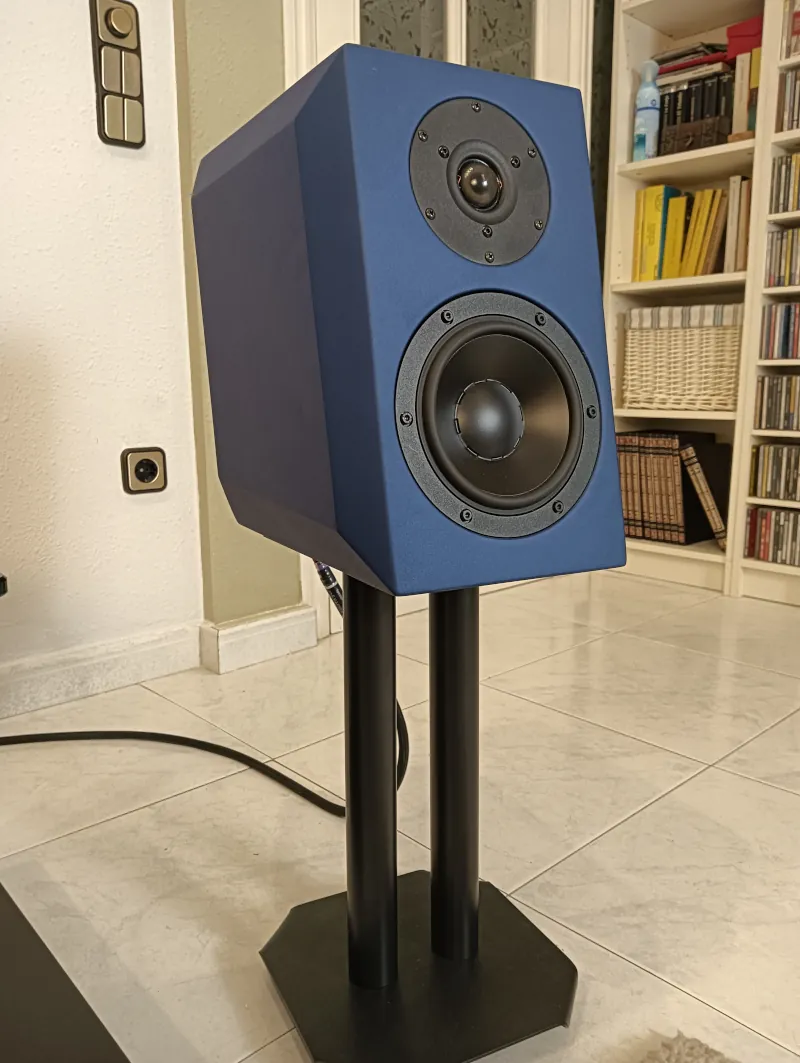
Verus Canor
Among those of us who write or make videos on a regular basis, I am perhaps one of the few who has been able to try out the benefits of this particular brand across all its products. My relationship with them began in 2007 or 2008, I don't remember exactly. And I've always kept an eye on them. The reason is simple: impeccable value for money. If you don't know them, you may have heard of them. The reviews are always positive to very positive, and there must be a reason for that.
And yet, I don't think I'll rock the boat too much by saying that their success in what they do isn't reflected in sales, which should be significant. Being used to dealing with advertising and product promotion agencies, I have to admit that it's extremely difficult to combine significant technical knowledge with survival in the marketing jungle.
Let's hope that the market is not so cruel to Francisco Moya and waits until his retirement to increase interest in his workshop's achievements.
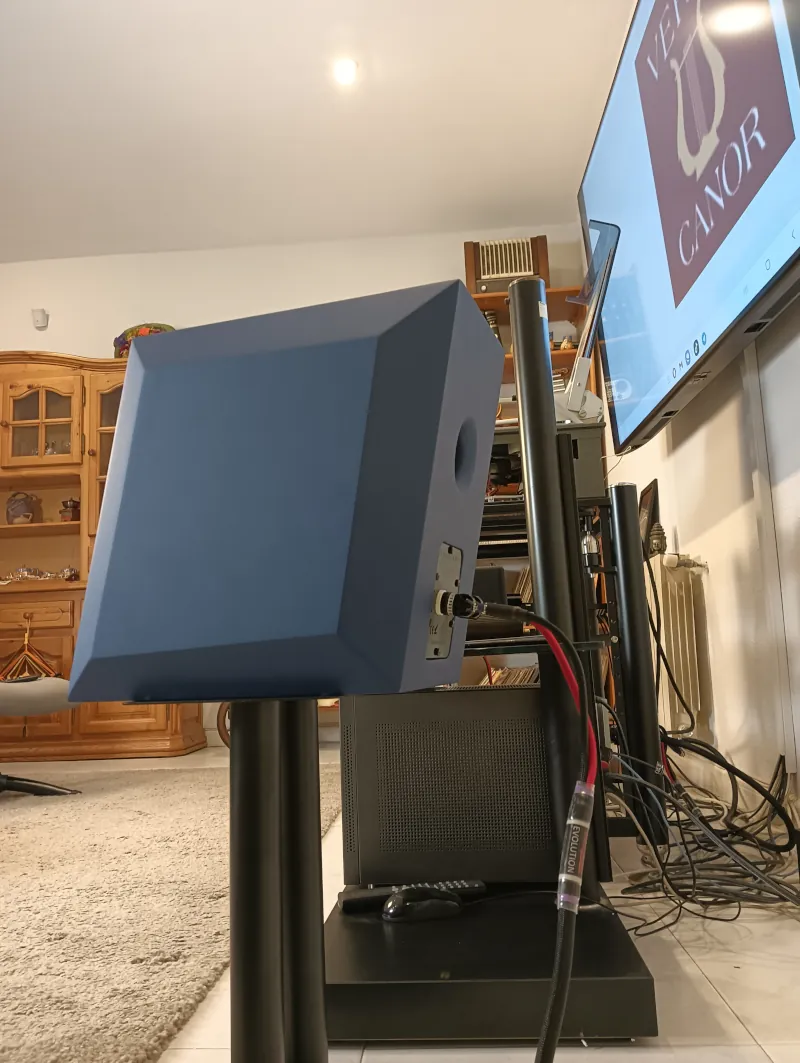
Verus Canor David
And speaking of marketing again. The brochure inside is much more attractive and commercial than the references in your online store... Francisco, I love you and I hate you at the same time.
For this reason, I am copying the most interesting excerpts for me:
SPEAKERS
The selection of speakers is critical to achieving a good end result. It's not just about choosing the best speakers, but about getting the combination to sound harmonious.
In developing our David model, we opted for a 155 mm unit from Audiotechnology, made to our specifications to achieve a response that meets the needs of our project. The coil, made using hexagonal copper wire, the fully ventilated moving parts, together with an extremely high-quality magnetic motor, give this speaker unparalleled bass and midrange performance.
The high frequencies are handled by a Morel tweeter with a 28mm diameter treated silk dome. It uses a very low mass coil made from hexagonal wire. Its frequency response is very wide, with an exquisite timbre and very low distortion.
FILTERS
Filters are the brain of a speaker. They ensure that the speakers used in our cabinets work together to produce music. Filters are largely responsible for the final sound of a cabinet. That is why we spend countless hours designing and testing, accompanied by multiple evaluation listening sessions, in the development of our products.
Of course, a well-designed filter can only deliver its full musical potential when the electronic components used in its construction are top-notch. That's why we take the utmost care in selecting the components for our frequency divider filters.
Each component used is inspected and measured before assembly, leaving tolerances between the two channels below 1%. The component terminals are cleaned one by one with Deoxit® before soldering. We use two types of tin from the manufacturer Mundorf® with different proportions of silver and gold, depending on the soldering point.
The assembly technique is point-to-point soldering, using a plate only to secure the components. This assembly system is much more expensive than the printed circuit assembly used by most manufacturers, as it is a process that must be carried out entirely by hand.
We have also taken great care in selecting the cables. In the Verus Canor David, we use Tellurium Q Blue II cable. Once the filter and wiring have been assembled, we carry out a final inspection and measurement.
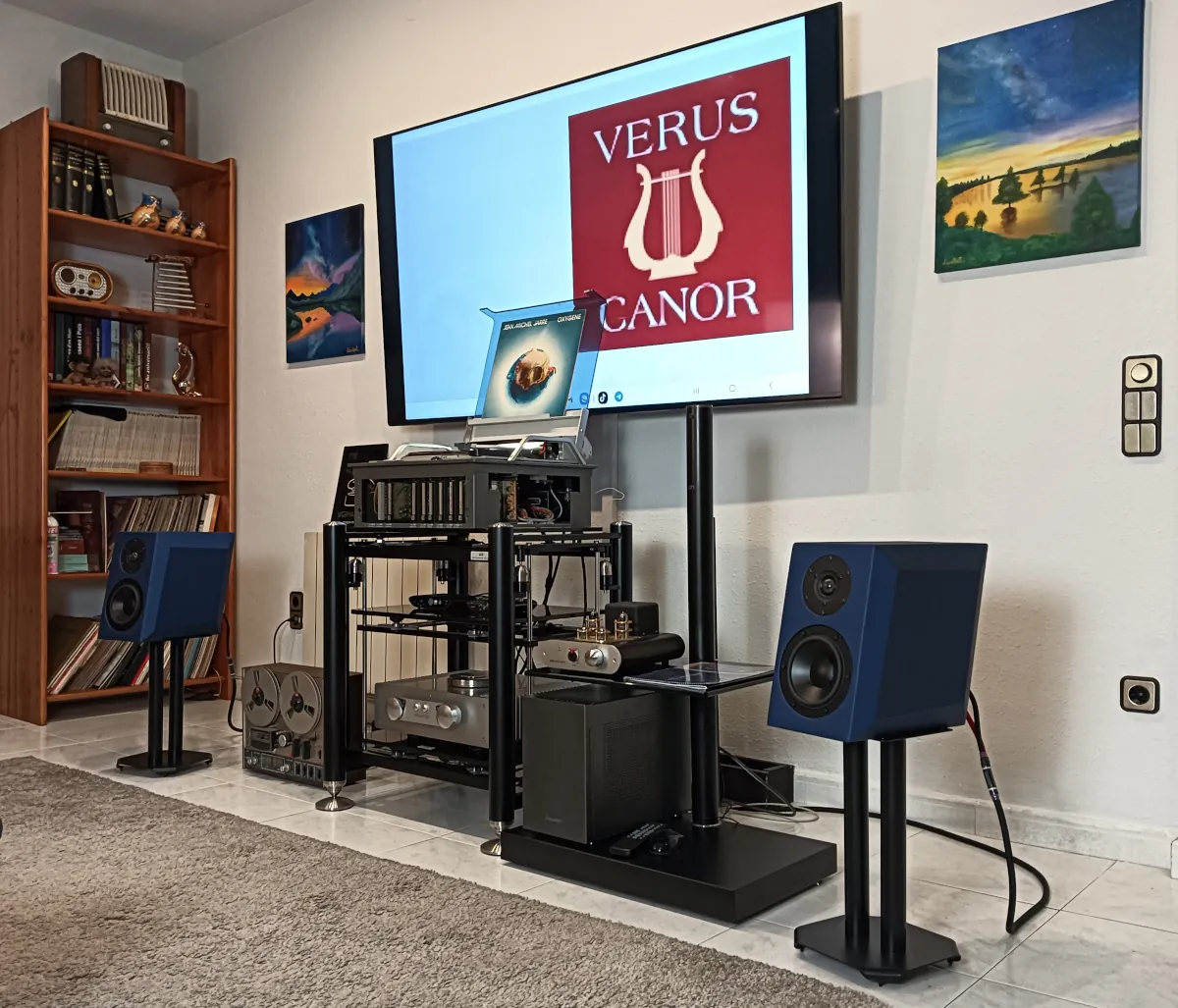
I have nothing more to add on a technical level, everything has been said. Well, not everything, they are 4-ohm speakers with a frequency response of 45 to 22kHz and a sensitivity of 86 dB. Although this point is important to note, he (Francisco Moya) argues that he uses the low point and that many other manufacturers would raise it by 2/3 dB.
Continuing with more details, the shape of this monitor is a parallelogram. A rectangle where the opposite short sides are parallel, not at 90 degrees to the base, but at different angles. They come in three finishes: white, black, and matte blue. Depending on the light, you may experience a change in the intensity of the blue color; I am not familiar with the other models.
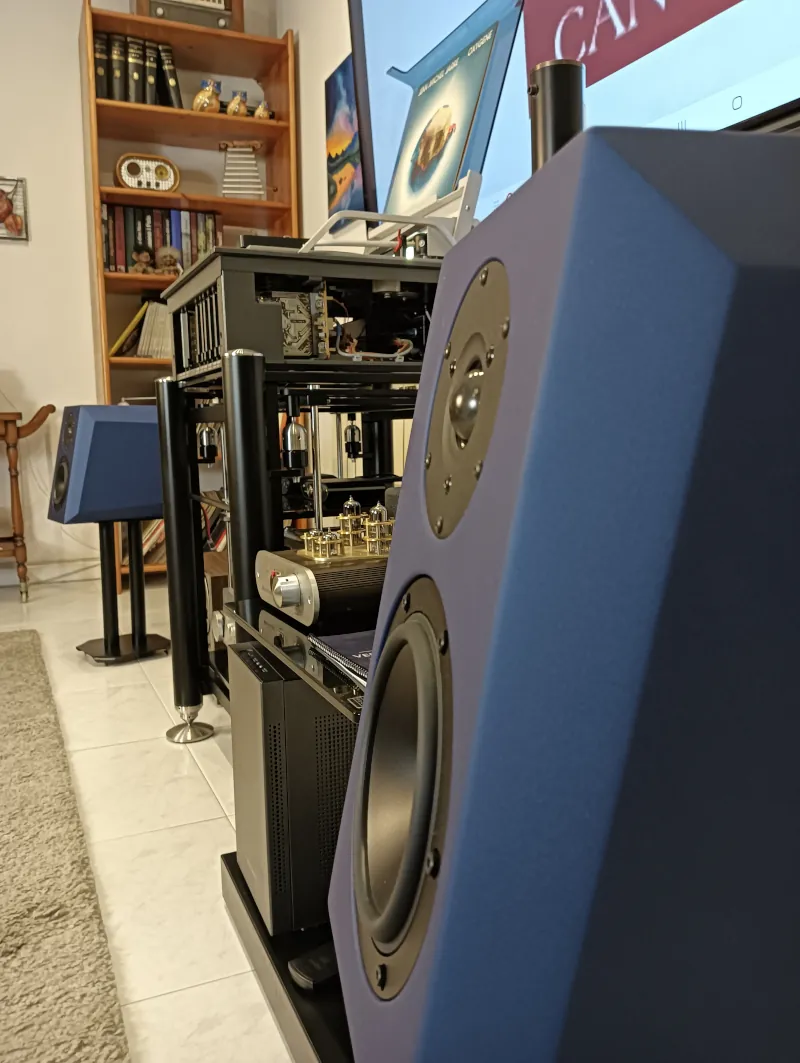
Equipment used in testing
Sound source:
» iFi Audio Zen DAC v.3
» iFi Audio Zen One Signature
» Roon Server
» Qobuz Studio
» EMT 948
Power amplification:
» Bow Technologies WAZOO XL
Speakers:
» Verus Canor David
Cables:
» Wires4Music for wiring:
» Horus Hybrid RCA interconnection
» Evolution in speakers and electrical network
HiFi rack:
» Artesanía Audio Exoteryc Rack PRO
Now I am going to highlight a point that is vitally important to me and where I disagree with the manufacturer. He suggests placing these monitors on a standard height stand or support, i.e., 60 to 80 cm high. Due to the inclined plane of the transducers' emission, I wanted to experiment with a lower height. I placed them on a stand only 40 cm high and, with a little math, calculated the degree of inclination of the front of the speaker and then the optimal point in the room based on these calculations and the golden ratio. For those interested, the golden ratio formula is as follows:
Φ=(1+√5)/2=1.618033988749…
Place the listener at the exact golden point; calculate the distance between the speakers (center of the transducers) and multiply it by the previous number (golden ratio) to get the position of the listener. Next, the direction of the transducers must coincide at a virtual point at least one meter away from the listener. This is not always applicable, since the larger the transducers, the more open they must be positioned, and we can lose clarity in small rooms. But in this case, the rule worked wonderfully.
And what is the advantage of speakers closer to the floor? Increased bass in the room. This makes the small ones sound huge, but it is better to have a good carpet to counteract the harmful effects of such proximity.
And not only that, once you've "gotten used" to the sound impact of receiving music from that position, it's all good vibes. The spaciousness of the room and the soundstage become intoxicating and vibrant. It really surprises people who aren't used to my "weird stuff," but it's definitely worth a try. And, of course, follow the manufacturer's recommendations and choose the one you like best.
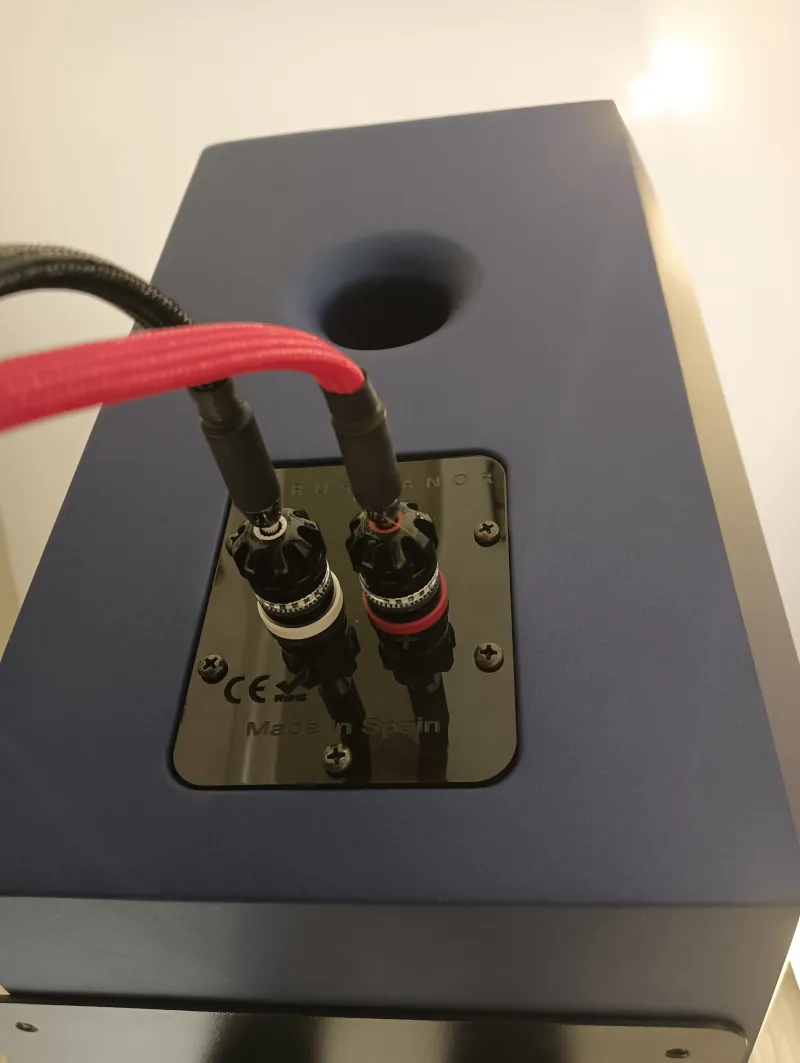
The Verus Canor David speakers in my 30-square-meter living room filled the space when I demanded power. Audiotechnology's custom mid-woofer specifications, coupled with a carefully designed filter, have demonstrated a remarkable ability to transform the sound environment. By this I mean the ability to handle a wide range of musical genres, almost eclectically, without any loss of quality in any of them. We are not talking about a highly specialized tool, but rather one that is versatile and adaptable to the personal tastes of each enthusiast. I will leave it to the technicians to discuss whether it is easier or more difficult to create a product that is remarkable in all aspects or outstanding in one.
I began this article with a detailed explanation of my impressions from a listening session, and now I would like to provide more details. The main difference between David and other large speakers I have had in my room is not the sound pressure I ask of it (which is always very contained), but two parameters that are fundamental for me. The ability to fill the space convincingly and a virtual separation of the instruments that is superior to the actual physical separation allowed by the speakers themselves. Small-format monitors tend to reveal their limitations in sound reproduction. Let me explain: large (and good quality) transducers erase their point of emission in the room, while small ones always clearly emit from a single point and then expand. Well, I had to pay close attention to notice this effect. With a slight distraction, it went unnoticed. This is the highest praise I can give to a pair of monitors. I forgot they were there, and they played in the big leagues for quite a while.
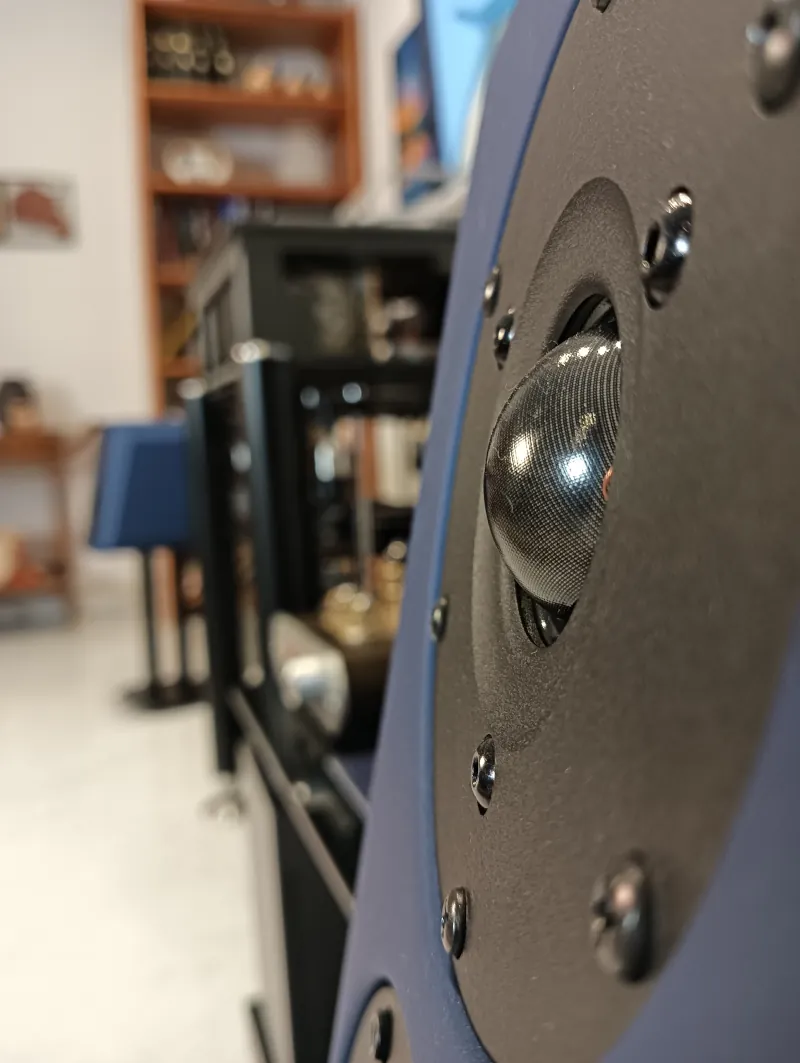
Containing vibrations within the enclosure, allowing the necessary release of internal pressure through its tuned output port, is one of the keys to this product. Let me explain: no matter how good the transducers used in any design are, if external vibrations combine with those generated by the transducers themselves, the sound becomes a difficult-to-digest mess. If we test this with recordings by Jennifer Warnes, where the remarkable thing is not the artist's voice but the soundscapes introduced into the pieces, we have our preferred battlefield. Pay close attention to what I write; placing your hands firmly on the speaker, one on top and the other on the side, you experience the fiction of believing that the internal sound pressure is completely isolated from the outside. It's as if water were circulating inside at high speed; however, from the outside, you don't notice any humidity, temperature, or vibration. This allows you to visit the high-pressure areas in decibels without breaking a sweat.
Final conclusions
Verus Canor David is a top-level monitor, capable of going head to head with most monitors with similar characteristics and coming out on top in terms of price. At this price, and I hope some readers won't take offense, it's hard to find products like this. The number of hours invested in its development is evident in the final result.
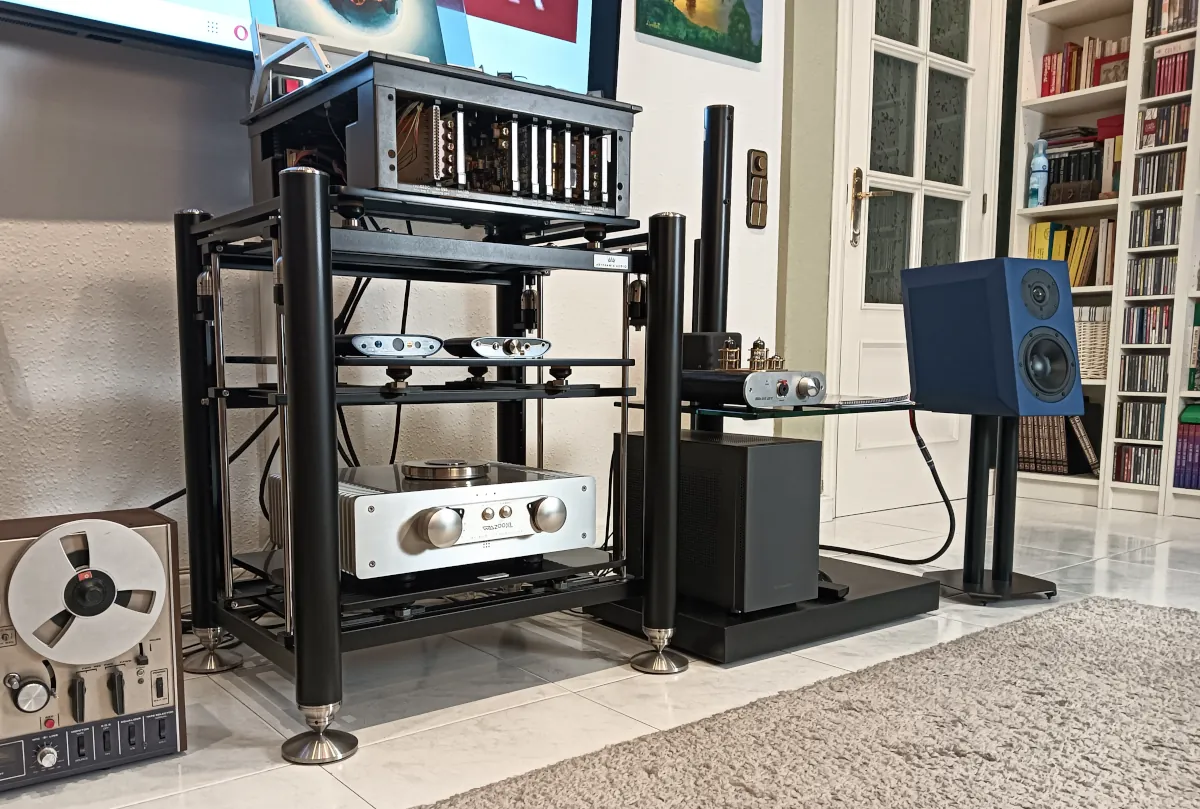
It is not a highly specialized speaker, tuned to perfection to give its best in a particular musical genre; quite the opposite, in fact. I have a playlist to test which style of music is best suited to each product I review, and this one worked wonderfully with all of them. For those who are loyal to a single musical style and lovers of monoculture, there may be other options more suited to your tastes, but for the rest of us mortals... David.
Verus Canor is possibly the company that is worst treated by the market and has the best product.
| Manufacturer's website | Verus Canor |
| Distributor's website | Audiohum |
| Price | €2,900 |
| Technical Specifications | |
| User Manual |
More review
-
Technics EAH AZ80, positive evolution
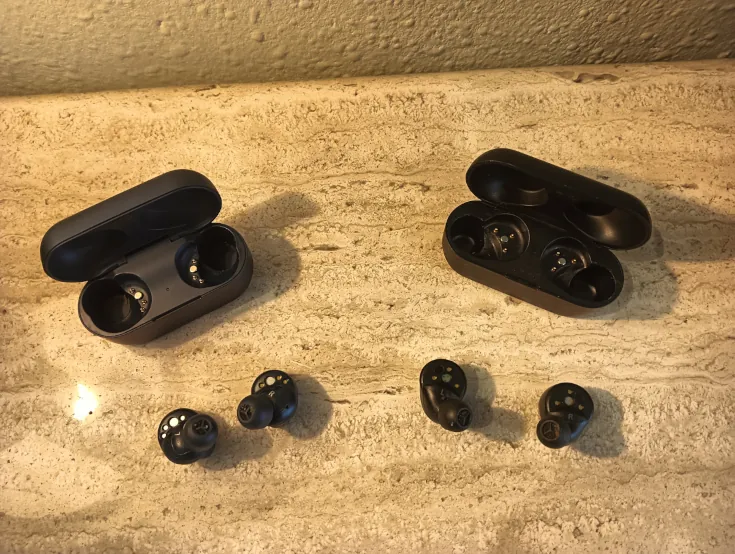
Technologically speaking, this model showcases the most refined work available.
-
Bowers & Wilkins 705 S3, following in the footsteps of the Nautilus
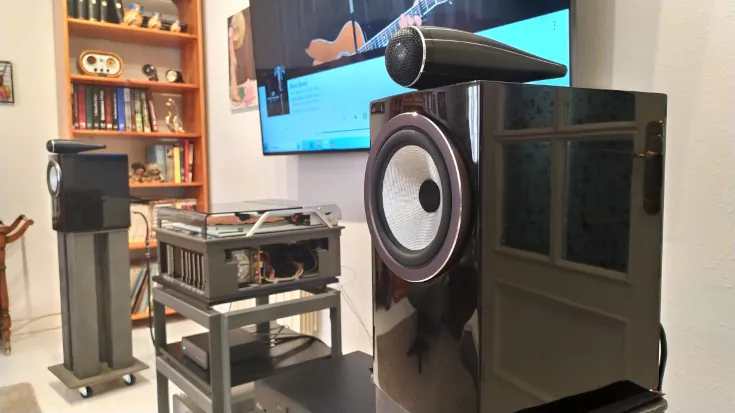
The formula for success in the world of sound is to be predictable in the result and never fail.
-
Konus Audio Integrale 2000, the magic box
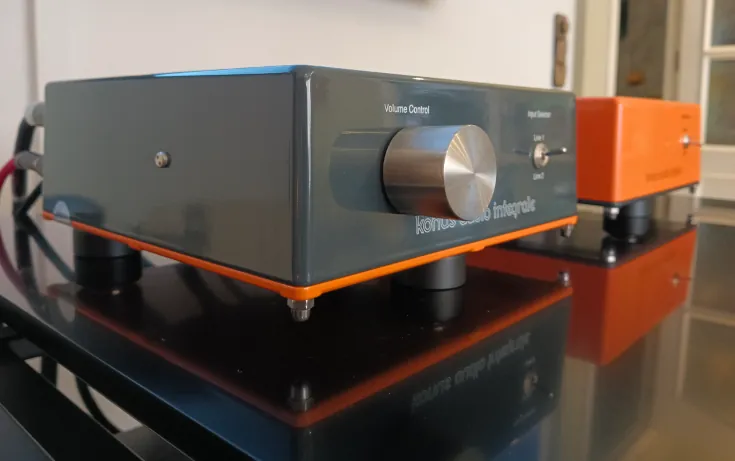
Both the speakers and the integrated one have been designed to work at full speed.








